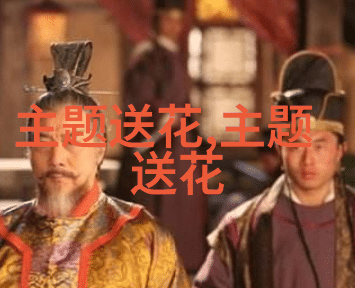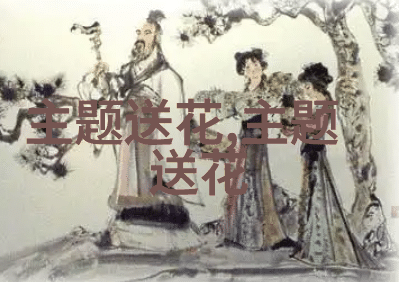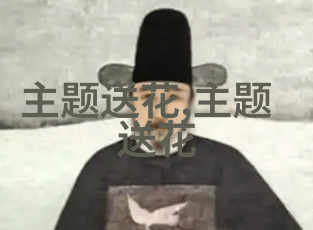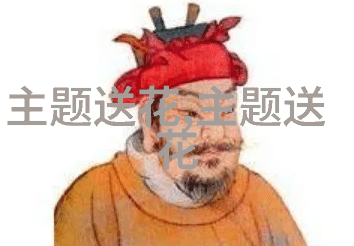foreign festivalsunraveling the mystique of global
foreign festivals:unraveling the mystique of global celebrations

I. Introduction
Foreign festivals, also known as international holidays or cultural events, are an integral part of human civilization. These celebrations reflect the diversity and richness of various cultures across the globe. They not only provide a platform for people to come together but also help foster cross-cultural understanding and appreciation.

II. The Significance of Foreign Festivals
Festivals in foreign countries often carry deep-rooted meanings that go beyond mere revelry. They symbolize important aspects such as harvest, love, unity, or even mourning and remembrance. For instance, Japan's Cherry Blossom Festival (Hanami) is a celebration of nature's beauty and renewal; while India's Diwali represents victory over darkness and evil.

III. A Journey Through Time: Exploring Historical Festivals
Some foreign festivals have their roots in ancient traditions that date back thousands of years. The Chinese New Year is one such festival with its origins traced back to around 2000 BC when it was celebrated by the Shang Dynasty rulers to honor their ancestors.

IV. Celebrating Diversity: Modern-Day Foreign Festivals
In today's fast-paced world where globalization has become a norm, many modern-day foreign festivals blend traditional practices with contemporary elements. Brazil's Carnival exemplifies this fusion beautifully – vibrant costumes adorned with feathers and glitter mix seamlessly with electronic music beats from DJs worldwide.

V. Cultural Exchange Through Food & Drink
Food plays an essential role in many foreign festivals as it brings communities together while highlighting unique culinary traditions from different parts of the world.
VI.
Japanese New Year (Oshogatsu): Soba noodles represent longevity while mochi symbolizes good luck.
Indian Holi: Vibrant colors like red powder signify love while gulal (colorful powders) represent brotherhood.
Mexican Day Of The Dead (Día de los Muertos): Traditional foods include pan de muerto breads shaped like skulls or bones which serve both spiritual purposes during rituals honoring deceased loved ones.
VII.
Conclusion:
Foreign festivals offer us more than just colorful images on social media posts; they embody rich stories about human history,
cultural values,
and shared experiences among nations worldwide.
These celebrations remind us that we share so much more than our differences—our common humanity connects us all through joyous festivities across borders!